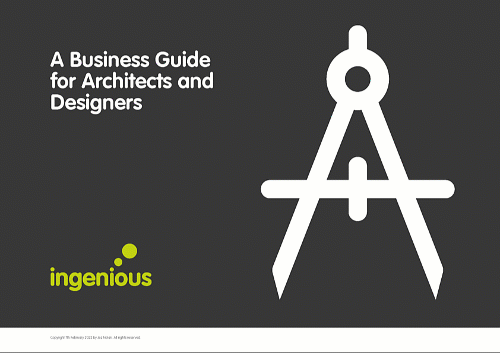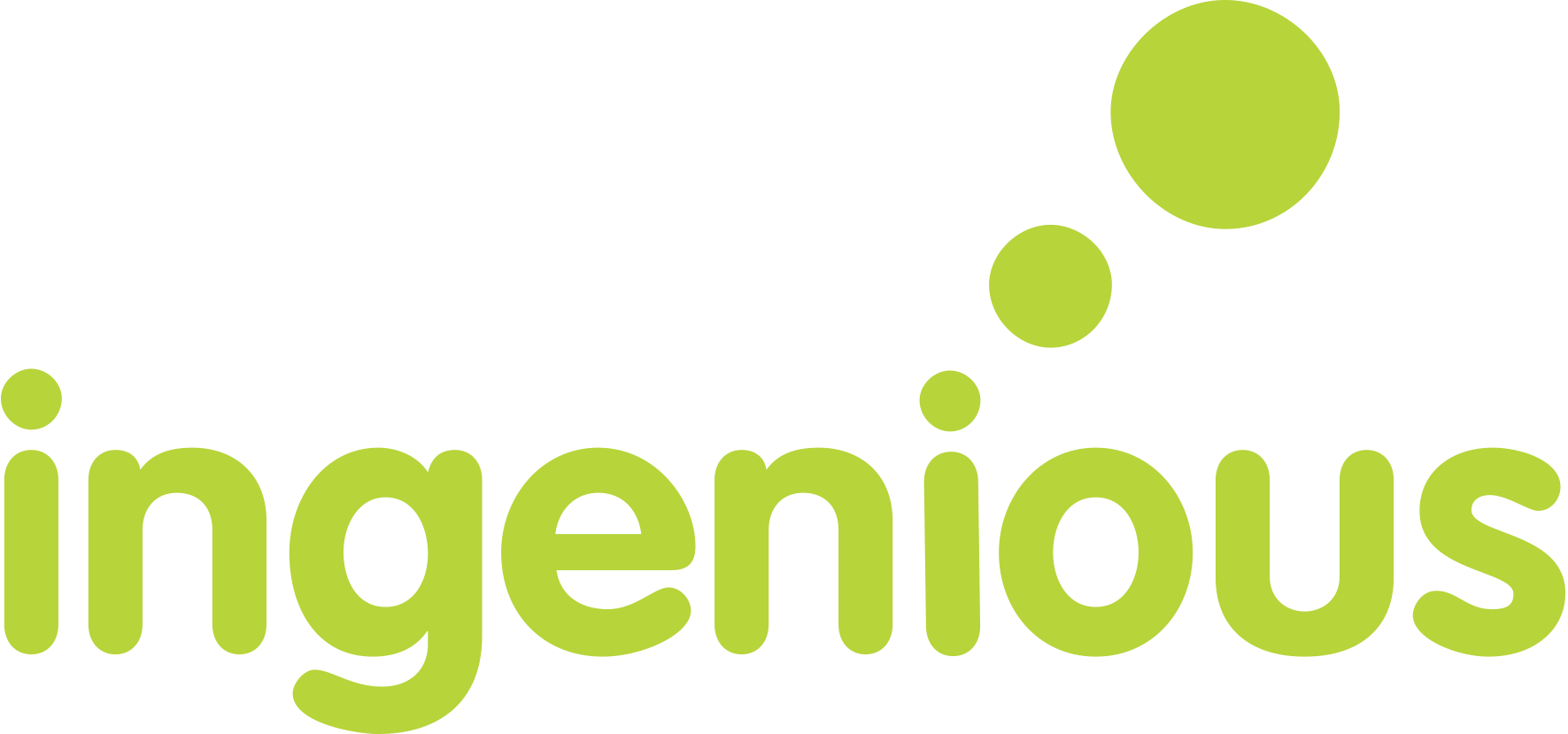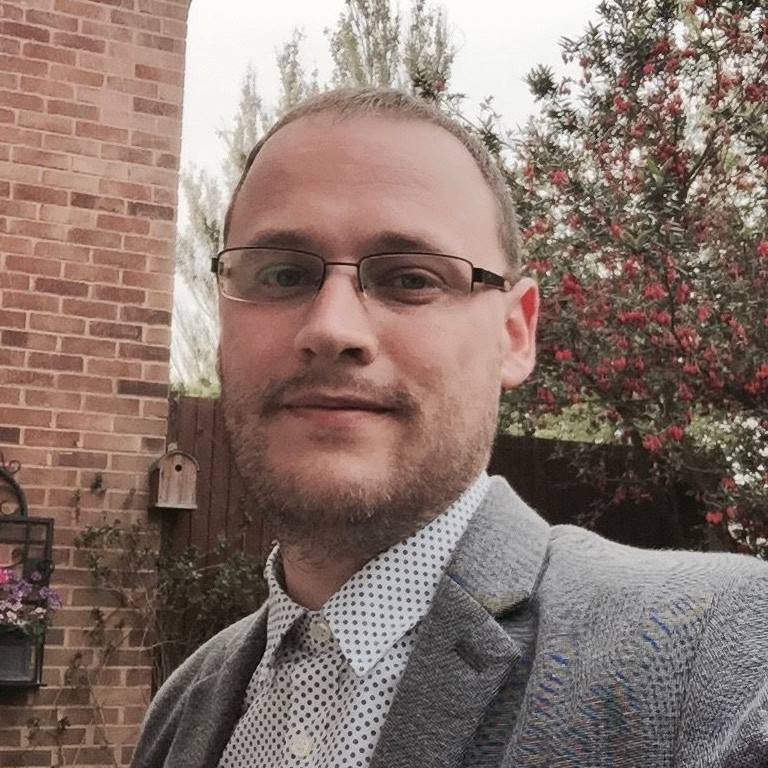
Introduction
The saying goes, ‘there is more to architecture than designing buildings’. This will ring true to those working 10+ hour-days, managing multiple clients and contractors whilst finding time to partake in meetings and handle all the paperwork.
Time isn’t always your friend, hence the need to be more productive than any other professional.
How can you reach the holy grail of high levels of both creativity and productivity?
The expectation to overwork is embedded into the culture of architects. When you consider the challenges and distractions that face the modern architect, it’s little wonder that the most substantial change within the sector for over a decade is the increasing dependence on technology.
We all seek efficiency and a balanced work and social life; project expectations are met, and your business progression is merited. But how do you achieve all this? Is your practice overworked or overstressed? Do you believe the culture shift in the industry is embedded into your business?
During our monthly Business & IT Reviews with Architects, we have proposed various technology solutions and changes to improve performance. Technology is at the forefront of every business decision we make within our industry, and we help you do the same.
The past two years have yielded significant insight into actions that immediately improve productivity and creativity. Here are the most impactful changes you can make to your technology to improve productivity and creativity.
This post is an extension taken from our Business Guide for Architects and Designers. You can download your free copy of the guide by clicking the link below.

Nurture the creative process around your team
Promoting the creative process is a special part of what you do, and creating the right environment to nurture this is more complex than simply being more efficient.
An internal culture that gives your staff the autonomy and freedom to become creative, coupled with a pleasing environment and the right tools, works wonders. This needs to be propped up by a good structure, with standards and procedures to follow to ensure everyone heads in the same direction.
Creating a culture that allows your team to thrive isn’t an overnight process. It takes time. Some key takeaways to maximise creativity in your team are.
- Don’t be afraid to fail; creativity can be experimental and can occasionally lead to tough learning.
- Encourage ideas and suggestions.
- Share experiences with your team and request constructive feedback.
- Define roles and responsibilities and organise group engagement meetings.
- Know your value as a contributing member of the team.
Ditch ageing infrastructure and recognise the digital future
Your clients’ demands have changed. How you serve those demands must change to stay competitive? Where are you now, and where are you heading in the digital landscape?
This is a subject we get asked for help on almost daily.
Digital transformation has been spoken about for the past few years. Some industries had to move faster to keep pace with the market leaders, and some are stalling on the pros and cons of a substantial investment required.
We have seen significant changes for Architects in recent years, from the early days of CAD to the widespread use of BIM. The right technology undoubtedly saves time and costs.
The days of 2D drawings are over; in fact, a wise man may suggest 3D has started to become obsolete. In today’s world, we move into augmented and virtual reality, bringing drawings and projects to life before construction.
There is a revolution in the customer experience and the difference between winning and losing that exclusive contract. So, can your systems cope with the requirements of digital tech?
The three questions we would ask you are:
- Are you staying ahead of the competition and differentiating yourself from what they offer?
- Are you investing in systems/technology/processes or clinging to dated infrastructure (that is costing you hidden lost £££)?
- When forced to use inadequate or time-wasting systems and tech, do your staff feel valued?
If you answered no to any of the above, you should undertake a technology review. Ageing infrastructure will undoubtedly hold you back. Digital transformation is a win-win in saving you lost time whilst boosting your productivity, interaction, and image with your clients.
Manage your employees to be more efficient
Ideally, you want your expert staff to be both efficient and effective. One is doing the right things; the other is doing things in the right manner.
But there is a hidden element in businesses that demands attention and usually goes unnoticed; did you know an employee on £35k PA losing just 10 minutes a day will cost you over £1,000 a year?
That staggering sum is often overlooked as more and more admin, and non-job specific tasks are piled onto employees. Our employee cost calculator tool can get a more accurate forecast of how much efficiency you are losing from employees.
62%
of companies use three or more
video calling platforms.
Invest in internal and client communication systems
There is no common platform for communication; it is subjective to each business. The benefit here is the ability to stand out from the crowd and ensure you have complete collaboration with people, processes, and technology throughout the entire design lifecycle.
There are numerous ways of managing your communication and data, such as Microsoft Teams, to highly sophisticated systems such as Bentley ProjectWise or Autodesk BIM 360 / Construction Cloud.
The first thing to do is work out what you need and can afford, as some of these systems are incredibly expensive. Complete a cost vs benefits exercise to understand if the investment is worth it.
The main objective is to ensure you align your workforce with the efficient processes we listed above. A project that overruns or fails to deliver on milestones and/or variables will undoubtedly have a negative effect on existing or upcoming projects.
Tech WILL save you time, money and stress. Microsoft Teams can manage all of your collaboration if you are a start-up or SME.
Larger businesses should already be investing in a bespoke or pre-built communication system for bigger clients and projects but remember to plug the efficiency flaws by reviewing the procedures every six months.
Automate administrative and repetitive tasks
The employee cost calculator tool mentioned above contains an ‘Office/ Admin Overheads Per Person’ figure. This is another essential element that directly affects the profitability of your practice, not only as an overhead (negative impact) but in the fact that investment in good back-end systems and people increases your client-facing time (positive).
The first tip here is to create processes and procedures; you can create a template for any task you do with frequency. By doing so, you minimise the inefficiencies that creep in with repetitive tasks that don’t follow a standard and can be time-intensive because of this.
Be careful with processes and procedures; you want to maintain a personal touch with your client communication, so only repeat the elements that never change, such as documentation, CAD or BIM sheets, proposals, and milestone reporting.
You can also automate your tools with a little programming knowledge, e.g., Power Automate. Make the tools work for you. The standard ‘out of the box’ tools and systems are designed for the mass market; this doesn’t always ring true to how you use or need them.
However, you can make small changes to fit the tools, as this is far cheaper than re-inventing the wheel. For more complex needs, check if you can use an API to repeat and automate the tasks you need.

